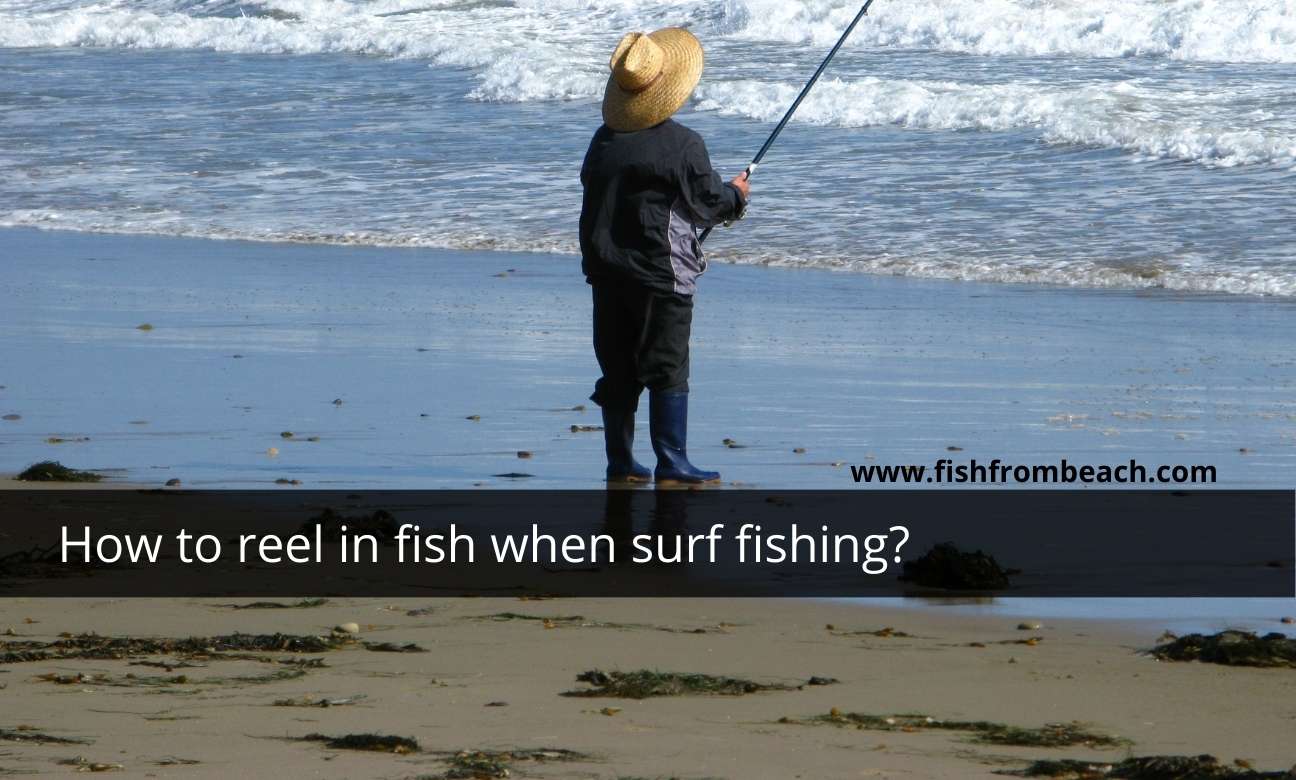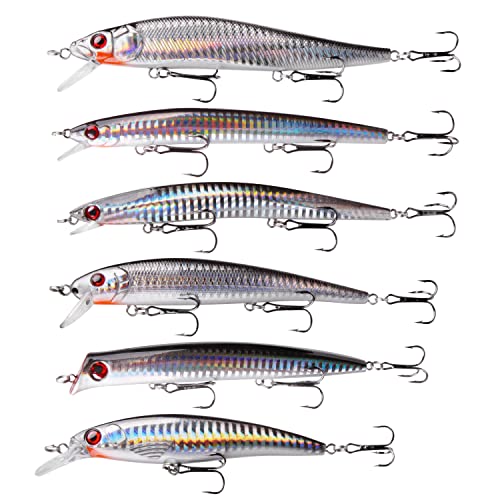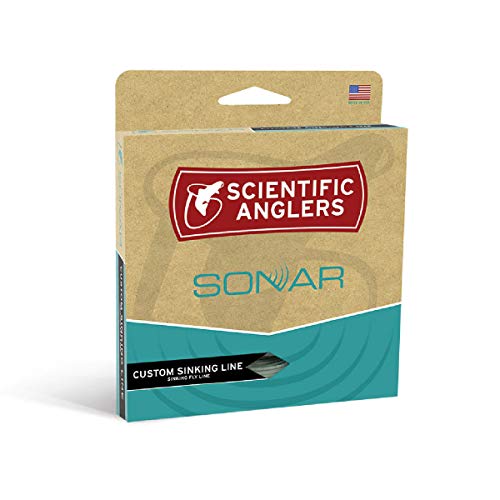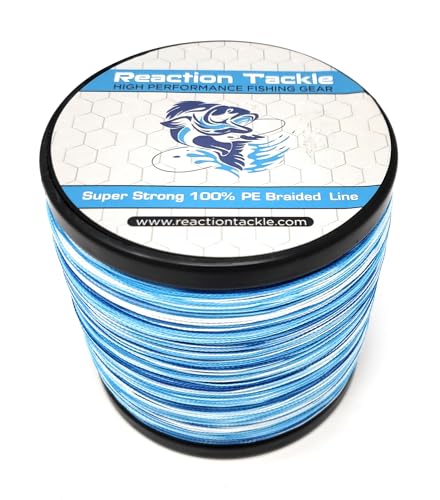To avoid snags when surf fishing, choose a clear and open fishing location, use strong and durable fishing lines and hooks, and be mindful of the conditions of the water and tide. When surf fishing, it is important to take proper precautions to prevent getting caught on obstacles or losing your equipment.
By following these guidelines, you can increase your chances of a successful and snag-free surf fishing experience. We will explore some tips and techniques to help you avoid snags when surf fishing. We will discuss the importance of selecting the right fishing location, using the right equipment, and being aware of the water conditions.
So, let’s dive in and learn more about how to avoid snags when surf fishing.

Credit: www.fishfrombeach.com
Preparing For Success
Surf fishing is an exciting and rewarding activity that allows you to enjoy nature while testing your angling skills. However, it’s important to be prepared to avoid any snags that may come your way. In this section, we will focus on preparing for success in surf fishing, covering key aspects such as researching the best surf fishing locations, understanding tides and currents, and selecting the right gear.
So let’s dive in and get started!
Researching The Best Surf Fishing Locations
When it comes to surf fishing, location is everything. Researching and choosing the right spot can greatly increase your chances of a successful fishing trip. Here are a few key points to consider:
- Look for areas with a variety of fish species: Different fish species prefer different types of habitat, so it’s a good idea to choose a location that offers a diverse range of fish to target.
- Check local fishing reports: Local fishing reports can provide valuable insights into where the fish are biting. They often include information on recent catches, bait preferences, and hotspots to try.
- Consider beach access and parking: Ease of access is important when it comes to surf fishing. Look for locations with convenient parking and easy beach access to make your trip more enjoyable.
Understanding Tides And Currents
Tides and currents play a crucial role in surf fishing. Here are a few key points to help you understand their importance:
- Fish are more active during tidal changes: During high and low tides, fish are more active and feeding near the shoreline. Planning your fishing trip around these tidal changes can greatly improve your chances of success.
- Learn to read the currents: Understanding how currents flow along the beach can help you identify productive fishing spots. Look for areas where currents converge or where there are sandbars and troughs, as they can attract fish.
- Be cautious of rip currents: While rip currents can create productive fishing areas, they can also be dangerous. Familiarize yourself with the signs of rip currents and always prioritize safety when fishing near them.
Selecting The Right Gear For Surf Fishing
Having the right gear is essential for a successful surf fishing trip. Here are a few key points to consider when selecting your gear:
- Choose a suitable fishing rod and reel: Surf fishing requires long and sturdy rods to cast your bait beyond the breaking waves. Opt for a rod with a medium to heavy power rating and a reel with a high line capacity.
- Use the right fishing line: A strong and durable fishing line is crucial in handling the rough conditions of surf fishing. Monofilament or braided lines are popular choices due to their strength and resistance to abrasion.
- Don’t forget the essentials: Along with your fishing rod and reel, make sure to pack other essentials such as sinkers, hooks, bait, a tackle box, and a cooler for storing your catch.
By researching the best surf fishing locations, understanding tides and currents, and selecting the right gear, you can greatly increase your chances of success in surf fishing. So make sure to do your homework, be well-prepared, and get ready for an unforgettable surf fishing experience!
Techniques To Avoid Snags
When it comes to surf fishing, snags can be a frustrating part of the experience. However, with the right techniques, you can significantly reduce your chances of getting caught up in the underwater obstacles. Here are some effective strategies to help you avoid snags and optimize your surfing fishing experience:
Casting Techniques For Maximum Distance And Accuracy
To avoid your bait or lure getting stuck in the rocks or debris, mastering your casting technique is crucial. Here are a few tips to achieve maximum distance and accuracy:
- Use a sidearm or overhead casting technique: These casting styles help you propel your line farther out into the water, away from potential snagging spots near the shore.
- Watch your backcast: Before you cast, make sure your backswing avoids obstacles like trees, rocks, or other anglers. A high backcast can also result in getting your line tangled in overhanging branches.
- Aim for the deeper waters: Casting towards deeper water can minimize the risk of snagging, as the likelihood of underwater structures and rocks is reduced.
- Practice proper line management: Maintaining proper tension on the line throughout your cast can help prevent it from landing in areas where snags are more common.
- Adjust your casting distance: If you consistently find yourself getting snagged, try casting slightly shorter distances. This tactic can keep your bait or lure away from potential obstructions.
Reading And Interpreting The Waves
Understanding the behavior of the waves is another useful technique to avoid snags while surf fishing. Here’s what you need to keep in mind:
- Observe the water’s movement: Look out for channels or gaps in the waves that create paths with fewer obstructions. Casting through these areas can reduce your chances of getting snagged.
- Recognize wave patterns: Waves often break in specific areas, indicating shallower spots where snags are more likely. By avoiding these areas, you’ll minimize the risk of losing your bait or getting tangled.
- Time your casts: Be patient and time your casts to coincide with the calmer moments between waves. This strategy allows your bait or lure to settle in the water safely, reducing the chances of it getting caught up in rocks or underwater structures.
Using Proper Bait And Lure Presentation
In addition to casting techniques and reading the waves, using the right bait and lure presentation can significantly help you avoid snags. Here are some tips:
- Opt for weedless or snag-resistant hooks: These hooks are designed to be more resistant to getting caught in underwater structures, making them an excellent choice for minimizing snags.
- Use floats or bobbers: Attaching a float or bobber to your line can keep your bait suspended above the bottom, reducing the risk of getting snagged.
- Experiment with different retrieval speeds: Varying your retrieval speed can help you determine at what pace your bait or lure is less likely to attract snags.
- Consider using lighter tackle: Using lighter line and tackle can reduce the chances of your gear getting wedged between rocks or other underwater objects.
Remember, snags are an inevitable part of surf fishing, but by implementing these techniques, you can increase your chances of avoiding frustrating tangles and focus more on reeling in that big catch. Stay patient, practice, and adapt to the conditions of each fishing spot for a more enjoyable and snag-free experience.
Expert Tips And Tricks
Surf fishing is an exciting and rewarding outdoor activity that allows you to catch a variety of fish species from the shoreline. However, just like any type of fishing, there can be snags along the way. To help you avoid these snags and increase your chances of success, we’ve gathered some expert tips and tricks.
Read on to learn how to choose the right fishing lines and rigs, understand wind and weather conditions, and know when and where to fish at different times of the day or year.
Choosing The Right Fishing Lines And Rigs
When it comes to surf fishing, selecting the appropriate fishing lines and rigs can make a significant difference in your catch rate. Here are the key points to consider:
- Use a heavy-duty fishing line with a test strength of at least 20 pounds to withstand the powerful waves and potential encounters with large fish.
- Braided lines are popular among surf anglers due to their high sensitivity, strength, and low stretch, which ensures better control and detection of bites.
- When it comes to rigs, opt for a fishfinder rig or a double-drop bottom rig, as they are versatile and effective for surf fishing.
- Don’t forget to attach a sturdy and reliable swivel to prevent line twisting and make it easier to change out rigs or add weights.
Understanding Wind And Weather Conditions
Wind and weather conditions play a crucial role in surf fishing, affecting both the behavior of fish and casting accuracy. Here’s what you need to know:
- Pay attention to the direction and speed of the wind. A strong onshore wind can create choppy waters, making it harder to cast and leading to more snags.
- Conversely, a gentle offshore breeze can create calmer waters, allowing for smoother casts and reducing the chances of snagging.
- Keep an eye on the weather forecast, as changes in barometric pressure, temperature, and cloud cover can influence fish feeding patterns and activity levels.
- Cloudy days can provide more cover for fish, making them feel safer and more willing to venture closer to the shoreline.
Knowing When And Where To Fish At Different Times Of The Day Or Year
Timing and location are crucial factors for surf fishing success. Consider the following tips:
- Fish tend to be more active during dawn and dusk, known as the “golden hours.” Take advantage of these periods for higher chances of catching fish.
- During low tide, fish are often closer to shore, concentrating in troughs and channels. Target these areas for better results.
- In warmer months, fish are more likely to be found in deeper water or near structures that provide shade and relief from the heat of the sun.
- Different fish species have their preferred habitats, so research and understand the specific fish you’re targeting to determine the best locations to fish.
Remember, the key to avoiding snags when surf fishing lies in proper preparation and understanding the conditions and fish behaviors. By choosing the right fishing lines and rigs, being mindful of wind and weather conditions, and knowing when and where to fish at different times, you’ll increase your chances of a successful and snag-free fishing experience.
So grab your gear, head out to the beach, and enjoy the thrill of surf fishing!
Conclusion
Mastering the art of surf fishing requires a combination of knowledge, skills, and patience. By following the techniques and tips outlined in this guide, you can avoid the common snags that can hinder your success. Remember to use the right equipment, select the appropriate bait, and pay attention to the tide and weather conditions.
Additionally, being aware of your surroundings and understanding the behavior of the fish you are targeting will greatly improve your chances of making a catch. Persistence is key, so don’t get discouraged if you don’t reel in a big one right away.
With practice and experience, you will become a more skilled surf angler. So get out there and enjoy the thrill of surf fishing while creating lasting memories by catching some big ones. Happy fishing!






